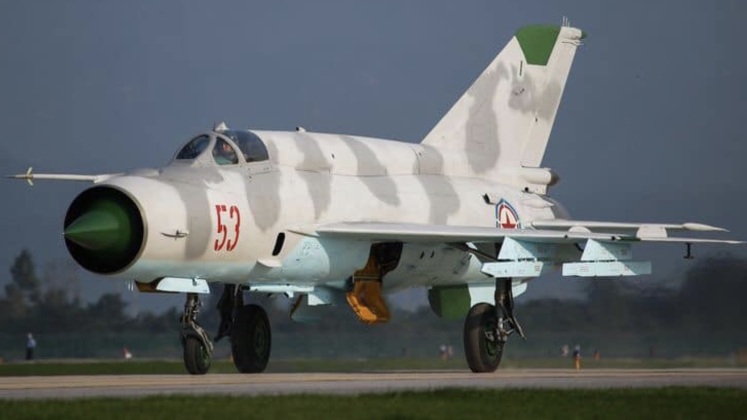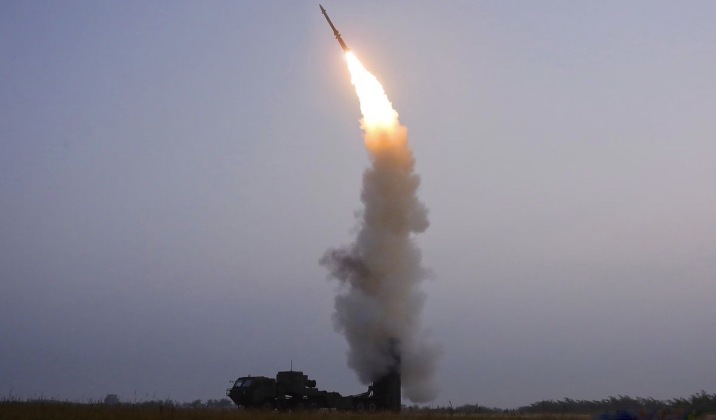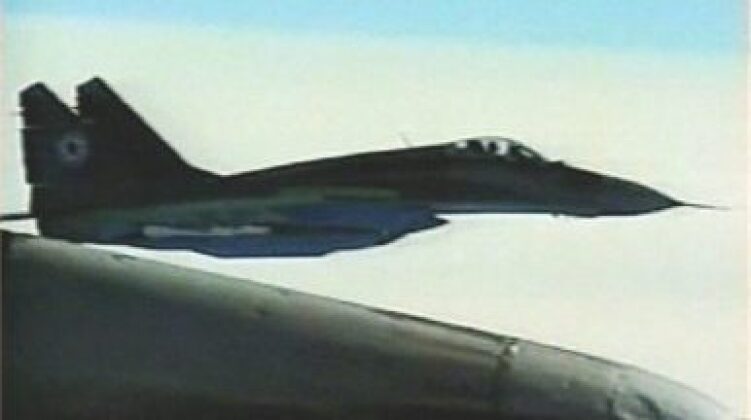News
North Korea Has a Long History of Shooting Down U.S. Aircraft: How Can It Respond to Eight Days of Airspace Violations?
North Korean Minister of National Defence General Kang Sun Nam has warned the United States that continued operations of U.S. military aircraft near its territory could soon be met with a more forceful response. He claimed that American RC-135 and U-2 reconnaissance aircraft and RQ-4B had all violated North Korean airspace for eight consecutive days from July 2 to 9. “The U.S. will surely have to pay a dear price for its provocative air espionage, frantically staged even invading the opposite side’s air space without previous notice. There is no guarantee that such a shocking accident as downing of the U.S. Air Force strategic reconnaissance plane will not happen in the East Sea of Korea,” he stated on July 10. “We are now maintaining our utmost patience and self-control, but everything has its limit. The present is the time when the US is near the critical point to be concerned,” he added. His warnings come as the U.S. has escalated military exercises on the Korean Peninsula including with deployments of nuclear attack submarines to recent exercises in the region.

With North Korea and the United States having been technically at war since June 1950, Korean warplanes intercepted and at times shot down American aircraft on multiple occasions during the Cold War. These included, among others, an RF-4C Phantom on August 31,1967, an F-105D five months later on January 14, 1968 and an F-4B Phantom the following month on February 12, as well as multiple helicopters. Many of these targets including F-4s were neutralised by MiG-21 fighters, which had been acquired from the Soviet Union from 1963. Korean MiG-21s also clashed with the U.S. Air Force over North Vietnam, as well as with F-4s flown by Israeli pilots over Africa and the Middle East, and were responsible for shooting down a U.S. Navy EC-121 reconnaissance aircraft on April 5, 1969, which marked the largest single combat loss of American personnel in the air during the Cold War. MiG-21s were also employed by the Korean People’s Army Air Force to provide air support during an operation to capture the U.S. Navy warship USS Pueblo, which was deployed for surveillance operations that North Korea claimed had violated its territorial waters.

Although the standing of the Korean People’s Army Air Force fell significantly after it reached the height of its power on the peninsula in the 1960s, it today continues to pose a significant challenge to American aircraft primarily through its advanced long range surface to air missile assets. Unlike the fighter fleet, which has seen few additions made since the end of the Cold War, air defence assets have been expanded significantly with multiple new generations entering service – including the Pyongae-5 in 2017 and its unnamed successor three years later. These are thought to have provided capabilities that are broadly comparable to the Russian S-300PMU and S-400. The latter Korean system benefits from twin rudder controls and double-impulse flight engines on its missiles, making it one of the more advanced air defence assets in the world, while unlike Cold War era assets like S-200 systems their ability to rapidly redeploy significantly increases the risks faced by American aircraft. Against assets like the RC-135, U-2 and RQ-4B North Korea’s air defence assets are expected to be more than sufficient to pose a serious threat.

North Korea may also deploy its combat aircraft, which include MiG-29 fourth generation fighters license produced in the country, as well as MiG-21bis and MiG-23ML third generation fighters, which can potentially pose a serious threat against aircraft which lack fighter escorts. Although far from state of the art, the aircraft have seen their avionics modernised in recent years with the integration of modern cockpit displays on its MiG-21s confirmed. Newer North Korean fighters have been deployed to intercept American military aircraft in the past, most notably during a period of high tensions in the early 2000s when military action against the East Asian state was seriously under consideration in the aftermath of the invasion of Iraq. The country is speculated to have introduced new generations of air to air missiles which could help compensate for the age of its aircraft, after such missiles were seen at the National Defence Development Exhibition Self Defence 2021. The fighter fleet has gained renewed attention in recent years, repeatedly deploying in force in 2022 in response to exercises in South Korea, including with MiG-29s in an hour long standoff with southern F-15s, and seeing significant investments made in modernising and expanding airfields.












